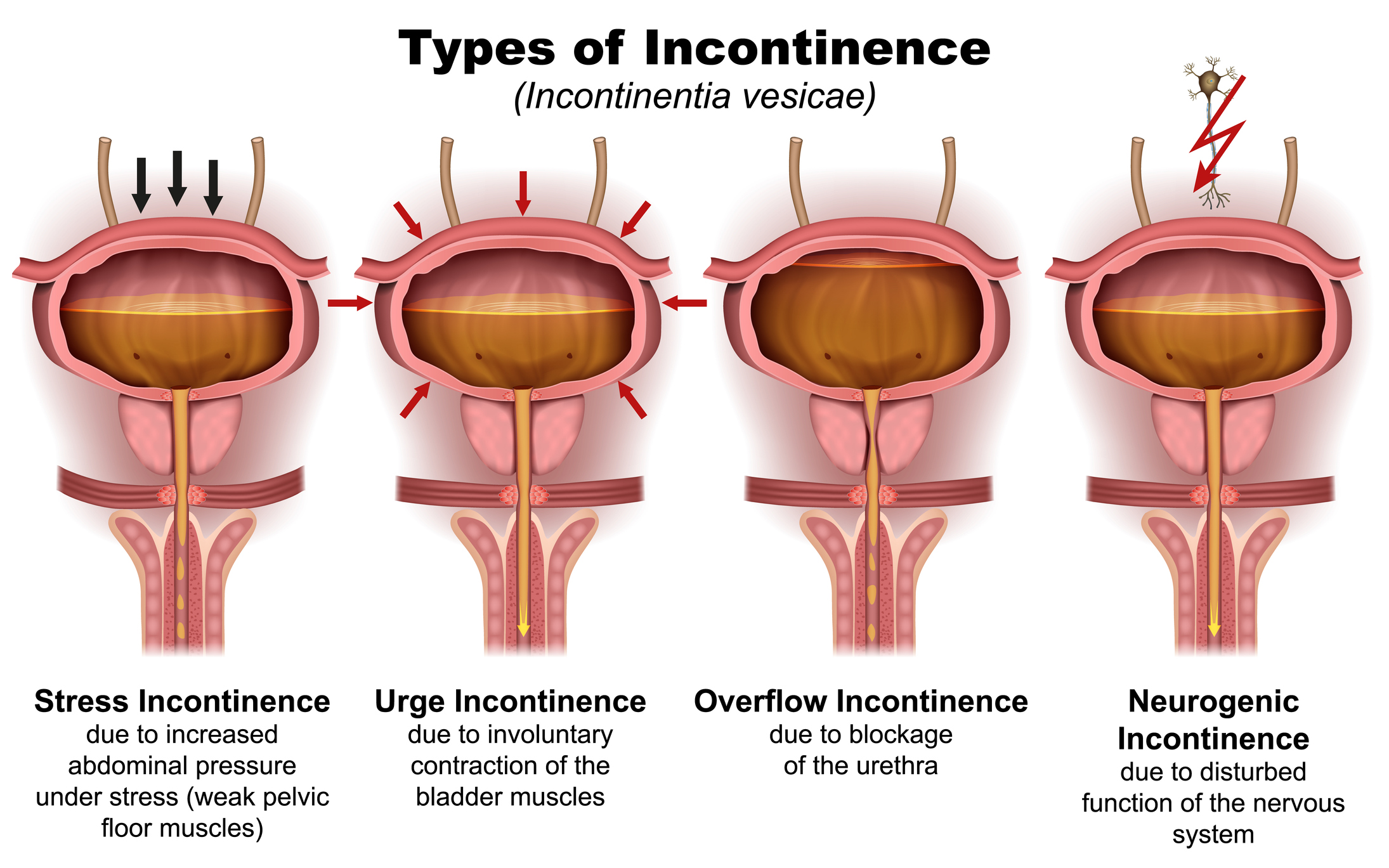Whether you are in a yoga class, training at the gym, or working out with online classes, a fair amount of time is focused on strengthening the core muscles of the body that help to stabilize the spine and pelvis, improving posture and balance and helping to promote mobility. What’s less often discussed is the role pelvic floor muscles play in preventing continence problems.
Although an estimated 1 in 4 women over the age of 18 are affected by urinary incontinence, it is not often openly discussed and according to the National Association for Continence, on average it takes a woman 6.5 years to seek help. A loss of bladder control is not a normal part of aging and it can be treated.
UI can be caused by pregnancy, childbirth, menopause and lifestyle factors including obesity, heavy weightlifting, or excess caffeine. Urinary tract infections can lead to temporary incontinence and chronic constipation can put stress on the bladder and pelvic floor muscles. Certain health conditions like diabetes and multiple sclerosis can also damage nerves in the bladder, pelvic floor or urethra. Women who have had a hysterectomy may also experience incontinence if the supporting pelvic floor muscles are damaged.
If you are experiencing UI, talk with your doctor who may refer you to a specialist, switch medications, or suggest lifestyle changes. Keep a record of treatments and note which worked, as well as those that failed to provide results. Kegel exercises are often offered as tools to help women with incontinence, but it can be difficult to know if you are doing them correctly, and are not always effective. Uterine fibroids in the uterus – muscular benign tumours or organ prolapse can also be the source of UI and may require medical procedures to treat.
Learn more by following this link to the NAFC website or for our Canadian readers, follow this link.






Add Your Voice
0 Comments
Join the Discussion